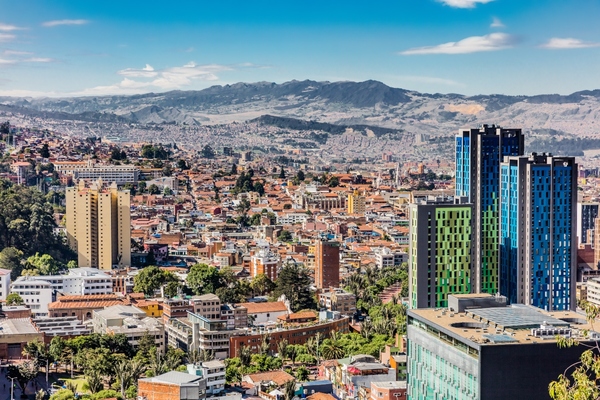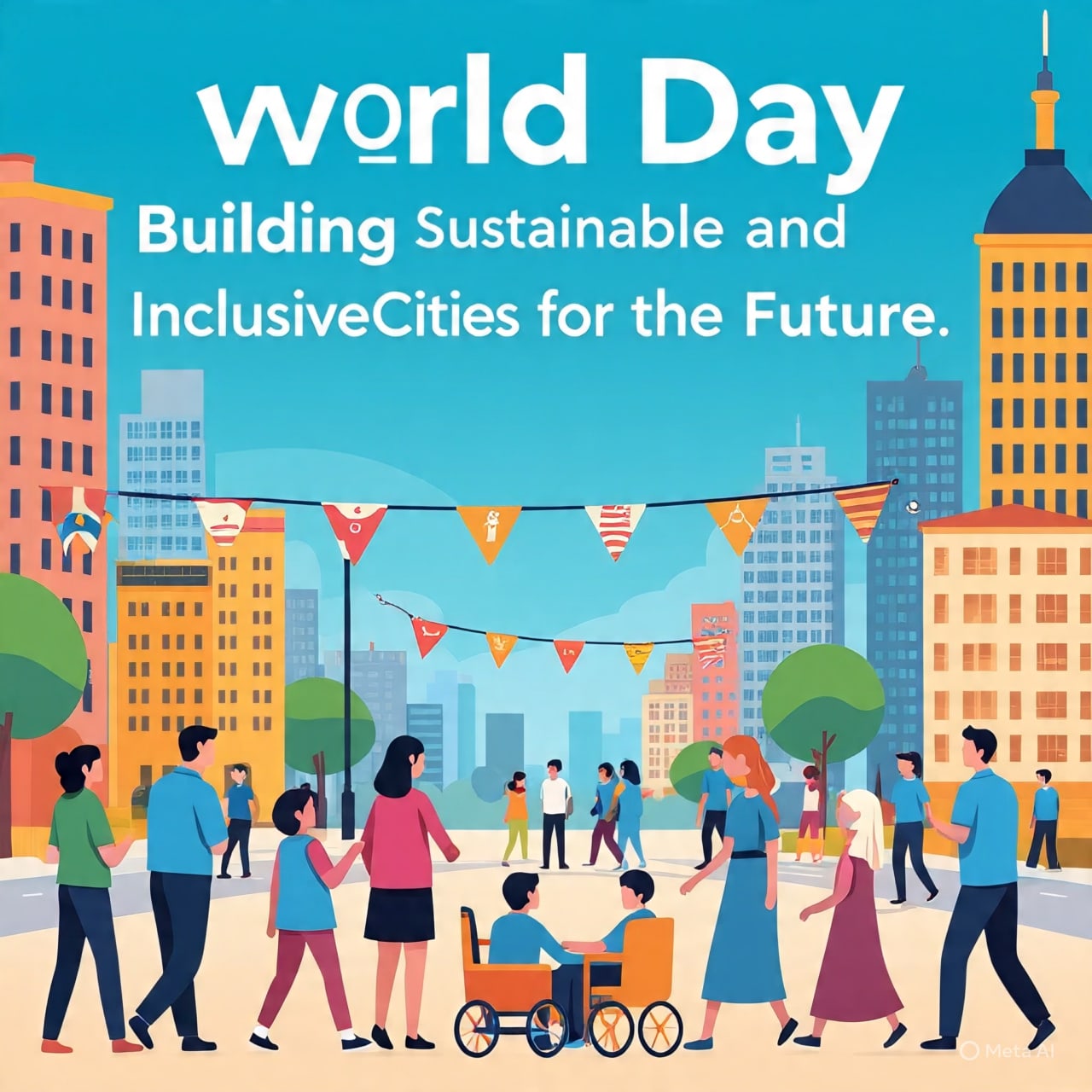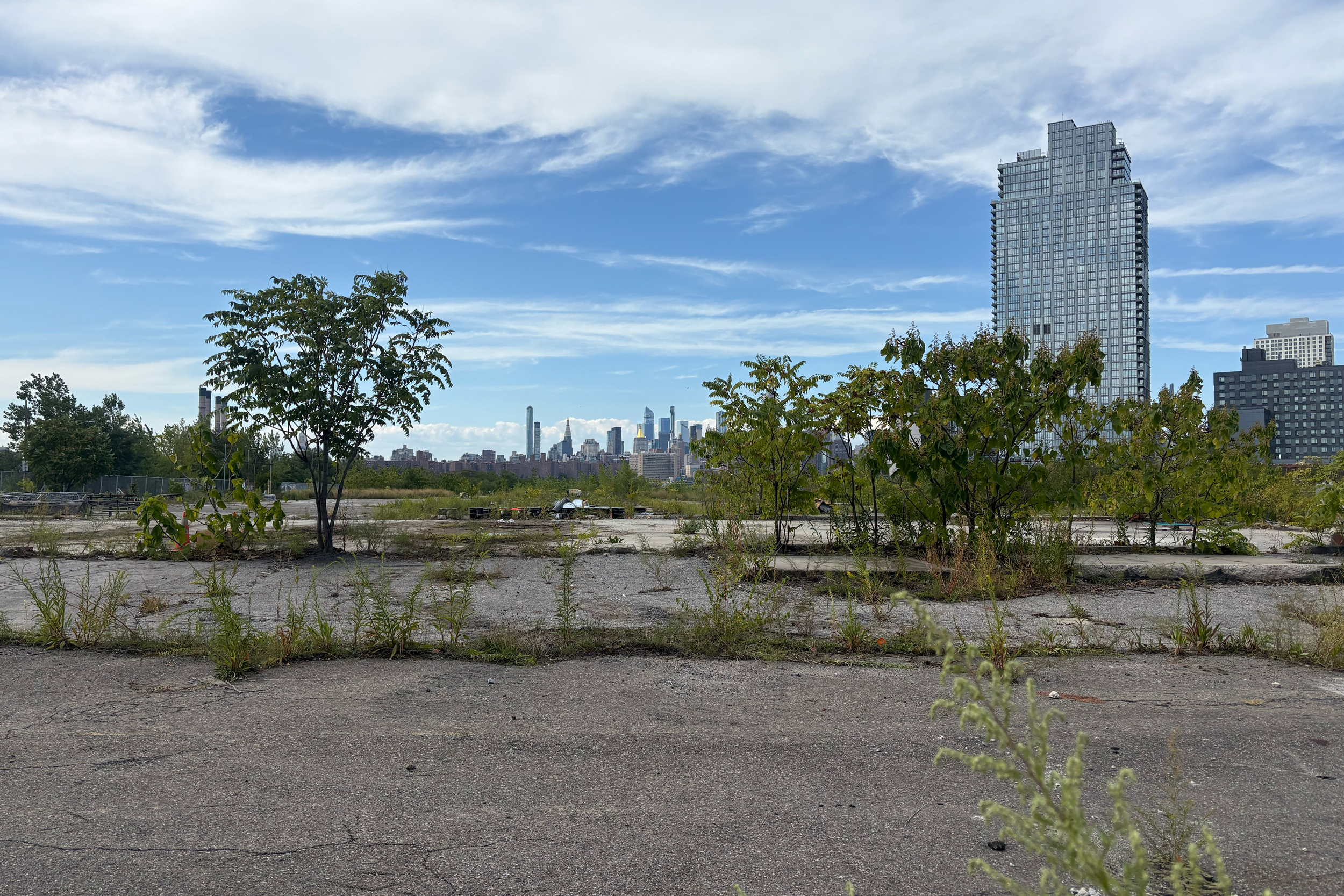Report on World Cities Day and its Alignment with Sustainable Development Goals
Introduction: Advancing SDG 11 through People-Centred Smart Cities
The United Nations Human Settlements Programme (UN-Habitat) has designated “People-centred smart cities” as the theme for this year’s World Cities Day. The initiative aims to demonstrate how digital innovations, including artificial intelligence (AI) and data-driven decision-making, can be harnessed to improve urban environments. This focus directly supports the achievement of Sustainable Development Goal 11 (Sustainable Cities and Communities) by promoting urban development models that are inclusive, safe, resilient, and sustainable. The event underscores the necessity of aligning technological advancement with the needs of people to accelerate progress on the New Urban Agenda and the 2030 Agenda for Sustainable Development.
Fostering Global Partnerships for Sustainable Urbanisation (SDG 17)
Celebrated annually since 2014, World Cities Day serves as a critical platform for advancing global cooperation in line with SDG 17 (Partnerships for the Goals). The day’s objectives are to:
- Raise awareness of global urbanisation trends and challenges.
- Promote international cooperation for sustainable urban development.
- Contribute to global efforts to build equitable, prosperous, and inclusive cities.
This commitment to partnership is further exemplified by the upcoming 2025 SDG Cities Global Conference in Shanghai. Co-hosted by UN-Habitat and the Shanghai Municipal People’s Government, the conference will reinforce the focus on people-centred smart cities, providing another forum for international collaboration on achieving the SDGs.
Leveraging Digital Innovation for SDG 9 and SDG 10
The theme reflects the transformative power of digital technologies in reshaping urban life, presenting significant opportunities to enhance city planning, management, and governance. This aligns with SDG 9 (Industry, Innovation, and Infrastructure) by promoting technological upgrades and innovation in urban contexts. A “people-centred smart city” is defined as one that harnesses digital innovation while ensuring that technology is driven by community needs and considers broader societal and environmental impacts. This approach is essential for achieving SDG 10 (Reduced Inequalities), as it ensures that technological progress serves to close, rather than widen, societal gaps. The guiding principle is that innovation must prioritize the most vulnerable populations to create a more equitable urban future.
Tackling the Global Housing Crisis: A Core Component of SDG 1 and SDG 11
The global event in Bogotá will demonstrate how technology can be a vital tool for addressing pressing urban challenges, with a primary focus on the global housing crisis. This emphasis directly targets SDG 11.1, which calls for access to adequate, safe, and affordable housing for all. By addressing the growth of informal settlements and the lack of adequate housing for billions, the initiative also contributes to SDG 1 (No Poverty). A truly smart city is one that puts people first, leveraging technology to deliver fundamental services and improve living conditions for all residents.
Strategic Outcomes for Accelerating the 2030 Agenda
UN-Habitat has outlined three expected outcomes from World Cities Day, which are designed to produce actionable strategies for advancing sustainable urbanisation:
- Enhanced understanding of the need for people-centred smart cities and opportunities to accelerate urban digital transformation in pursuit of the SDGs.
- Improved exchange of practices on how innovation and digital technology can transform urban living, particularly through the delivery of adequate housing and basic services for all, in line with SDG 11.
- The establishment of agreed actions and partnerships to leverage digital technology for promoting adequate housing and sustainable urbanisation, reinforcing SDG 17.
Vision for an Inclusive, Green, and Just Urban Future
The vision for the future of cities, as articulated by UN Secretary-General António Guterres, is one where digital spaces are also inclusive, green, and just. This requires a collaborative approach where local and national governments work with all residents—including women, youth, older people, and people with disabilities—as co-creators of a sustainable urban environment. This inclusive model is fundamental to achieving SDG 5 (Gender Equality) and SDG 10. By placing people at the centre of digital innovation, cities can become powerful engines of opportunity that drive fairness and sustainability for all, ensuring that the ongoing digital transformation of urban life benefits everyone.
1. Which SDGs are addressed or connected to the issues highlighted in the article?
SDG 11: Sustainable Cities and Communities
- The article is centered on World Cities Day and the theme of “people-centred smart cities.” It directly discusses sustainable urban development, the global housing crisis, and the goal of building “equitable, prosperous, sustainable, and inclusive cities,” which is the core mission of SDG 11.
SDG 9: Industry, Innovation, and Infrastructure
- The article heavily emphasizes the role of technology, “artificial intelligence (AI), data-driven decision-making,” and “digital innovation” in reshaping urban life. This focus on leveraging technology and innovation for sustainable development connects directly to SDG 9.
SDG 10: Reduced Inequalities
- The article stresses that a “truly smart city puts people first – especially the most vulnerable.” It explicitly mentions the need for inclusion of “women, youth, older people and people with disabilities” and ensuring that digital innovation “must close gaps – not widen them,” aligning with the goals of SDG 10.
SDG 17: Partnerships for the Goals
- The article highlights collaborative efforts, such as UN-Habitat co-hosting the 2025 SDG Cities Global Conference with the Shanghai Municipal People’s Government. It also mentions promoting “international cooperation” and governments “working with residents,” which are key aspects of SDG 17.
2. What specific targets under those SDGs can be identified based on the article’s content?
SDG 11: Sustainable Cities and Communities
- Target 11.1: Ensure access for all to adequate, safe and affordable housing and basic services. This is directly addressed through the focus on the “global housing crisis” and the stated outcome of improving the “delivery of adequate housing, land and urban basic services for all.”
- Target 11.3: Enhance inclusive and sustainable urbanization and capacity for participatory planning. The article supports this target by promoting “people-centred smart cities,” “participatory platforms,” and governments “working with residents – including women, youth, older people and people with disabilities – as co-creators of a more sustainable urban future.”
- Target 11.7: Provide universal access to safe, inclusive and accessible, green and public spaces. This is reflected in the call to “create greener spaces for all” and to ensure cities are “inclusive, green and just,” particularly for the most vulnerable groups mentioned.
SDG 9: Industry, Innovation, and Infrastructure
- Target 9.c: Significantly increase access to information and communications technology. The article’s warning that “innovation must close gaps – not widen them” implies a focus on ensuring equitable access to the digital tools and technologies that are reshaping urban life.
SDG 10: Reduced Inequalities
- Target 10.2: Empower and promote the social, economic and political inclusion of all. This is a central theme, with the article advocating for putting “people first – especially the most vulnerable” and specifically naming “women, youth, older people and people with disabilities” as key participants in creating a sustainable urban future.
SDG 17: Partnerships for the Goals
- Target 17.17: Encourage and promote effective public, public-private and civil society partnerships. The article provides examples of such partnerships, including the collaboration between UN-Habitat and the Shanghai Government for the SDG Cities Global Conference and the description of “local and national Governments working with residents.”
3. Are there any indicators mentioned or implied in the article that can be used to measure progress towards the identified targets?
SDG 11: Sustainable Cities and Communities
- Implied Indicator for Target 11.1: The proportion of the urban population living in informal settlements or inadequate housing. The article’s reference to the “global housing crisis” and “billions without adequate housing” suggests that reducing this proportion is a key measure of success.
- Implied Indicator for Target 11.3: The proportion of cities with a direct participation structure of civil society in urban planning. The emphasis on “participatory platforms” and residents as “co-creators” implies that the level of citizen engagement in planning is a critical metric.
SDG 9: Industry, Innovation, and Infrastructure
- Implied Indicator for Target 9.c: The proportion of the population with access to digital technologies. The concern about technology widening gaps suggests that measuring the equity of access to these tools is an important indicator of progress toward a “truly smart city.”
SDG 10: Reduced Inequalities
- Implied Indicator for Target 10.2: The level of inclusion of vulnerable groups in decision-making processes. The article’s focus on working with “women, youth, older people and people with disabilities” implies that their active participation and representation in urban governance would be a key indicator.
4. Create a table with three columns titled ‘SDGs, Targets and Indicators” to present the findings from analyzing the article.
| SDGs | Targets | Indicators (Implied from Article) |
|---|---|---|
| SDG 11: Sustainable Cities and Communities | 11.1: Ensure access for all to adequate, safe and affordable housing and basic services. | Proportion of urban population living in informal settlements or inadequate housing. |
| 11.3: Enhance inclusive and sustainable urbanization and capacity for participatory planning. | Proportion of cities with direct participation structures for civil society in urban planning. | |
| 11.7: Provide universal access to safe, inclusive and accessible, green and public spaces. | Availability of and access to green and public spaces for all, including vulnerable groups. | |
| SDG 9: Industry, Innovation, and Infrastructure | 9.c: Significantly increase access to information and communications technology. | Proportion of the population with equitable access to digital technologies and platforms. |
| SDG 10: Reduced Inequalities | 10.2: Empower and promote the social, economic and political inclusion of all. | Level of inclusion and participation of vulnerable groups (women, youth, older people, people with disabilities) in urban decision-making. |
| SDG 17: Partnerships for the Goals | 17.17: Encourage and promote effective public, public-private and civil society partnerships. | Number and effectiveness of multi-stakeholder partnerships (e.g., UN-government, government-resident) for sustainable urban development. |
Source: smartcitiesworld.net







